To make floor cleaning easier and get the best results, it helps to understand the different types of mops and what they are designed to accomplish. Here’s a handy guide to help select the right mop for the job.
Dry Mops
Dry mops (sometimes called dust mops) are great for dry, loose debris such as dust and pet hair. They can be used to clean floors, walls, ceilings, fans, and light fixtures. Sometimes, dry mops are made with microfiber, which can better attract and hold onto dust.
You should always dry mop before you wet mop to help prevent turning dirt into mud, streaking, and potentially damaging your floor by rubbing tiny abrasive debris into it.
Large dry mops are also typically used at construction sites or in warehouses or other large open areas that often end up with not only dust and dirt, but garbage such as food wrappers, fallen hardware, and packaging.
You should shake off or vacuum your mop head often to prevent build up. For a deeper clean, follow the manufacturer’s washing instructions and allow to dry thoroughly.

String Mops
String mops are absorbent and work well on most hard surfaces. Their “stringiness” allows them to effectively get into corners and other tight spaces. It is important to note that string mops can hold a lot of water, so be cautious when using them on wood floors. There are two types of string mops:
Cut End: the basic mop style that are ideal for soaking up spills. They can’t be laundered and are often considered disposable because of their low price. They’re typically more absorbent than looped end mops, but they cover a smaller surface area, and of course, cannot be used for very long before needing to be replaced.
Looped End: provide extra surface area compared to the cut end style. They allow for quicker cleaning of larger areas and are more durable than cut end mops. Although from a distance, these mops look almost identical to their cut end counterpart, the difference is that these mops have looped ends that prevent unraveling. As an added result, they are machine washable, except for cotton and poly-cotton blends.

Strip Mops
Strip mops are similar to string mops, but they use thicker pieces of fabric. Typically, they are smaller than string mops, so they are better suited for smaller spaces, such as home and office use.
They are absorbent, but dry quicker than string mops, so they are don’t get smelly and gross as quickly. Strip mops work well on hard surfaces, and are able to clean into corners and along edges. Sometimes, they have scrubbers on the strips to help clean stuck-on spots. Often, strop mops have a detachable head that can be cleaned using the manufacturer’s washing instructions.

Sponge Mops
Sponge mops are simply large, absorbent sponges converted into a mop head. Their high absorbency makes them great for cleaning up spills of any size, and they work great on textured and tiled floors because they are able to squeeze into grooves. Typically, sponge mops come with a set of rollers near the head that are used to squeeze out excess liquid, eliminating the need for hand-wringing and giving some control over how much water is kept in the sponge.

Steam Mops
Steam mops are electrical mops with tanks that can be filled with water. The water is heated up and released as steam into and through the mop head directly onto the floor. They are great because they both clean and disinfect surfaces. Depending on what type of head you get, they can be used on hard surfaces and carpet. However, they are more expensive than non-electric mops, and they are c.
Wet Mop Care
Apart from mops intended for one-time use, you can keep reusable mops sanitary and last longer with these tips:
- Clean the mop head with warm water before mopping to make sure any soap/chemical residue is rinsed out.
- Soak the mop head in hot water for up to 10 minutes after mopping and then rinse. This helps keep the mop head clean while preventing cross contamination.
- Never leave a mop in dirty water overnight.
- When storing mops, hang them with the head up after they have thoroughly dried.
- Machine launder appropriate mop heads regularly.
- Use a mild disinfectant when washing microfiber wet mops, NOT bleach, which breaks down the fibers.
- Replace mop heads when needed to keep them from becoming cleaning hazards.
Yarn/Fiber Types
While considering what type of mop would be best for your needs, it is also important to consider what yarn or fiber type your mop head is made of.
- Cotton: Ideal for quickly cleaning spills, cotton mops are gentle on surfaces and can be used wet or dry.
- Rayon: For general washing and scrubbing, rayon mops are also well suited for applying floor finishes, harsh cleaning chemicals and disinfectants.
- Synthetic: Because of their strength, synthetic mops are useful for cleaning rough surfaces.
- Blended: Strong and versatile, blended yarn mops give cleaning professionals the long-lasting quality they need.
- Microfiber: The most sanitary, microfiber mops are a combination of polyester and polyamide that easily collects and traps dirt until the mop is washed. When it comes to removing soil and bacteria, there’s no substitute for super-efficient microfiber cleaning tools from mops to dusters. Microfiber picks up and removes microorganisms and spores, even without disinfectant, instead of just moving them around as with cotton cleaning tools. The fibers create a static charge that lifts and traps dust and dirt. The millions of spaces between fibers hold up to 15 times its weight.
Shop Mops Now!
Fortunately, Perry Office Plus has a wide selection of mops for various floor-cleaning needs. We can help you be well-equipped with the different mop styles tailored for tackling whatever types of clean up you face! If you need help making a decision on what type of mop would be best for you, call our Customer Support Team at (800) 234-6605 or send us a message at customercare@perryop.com.




